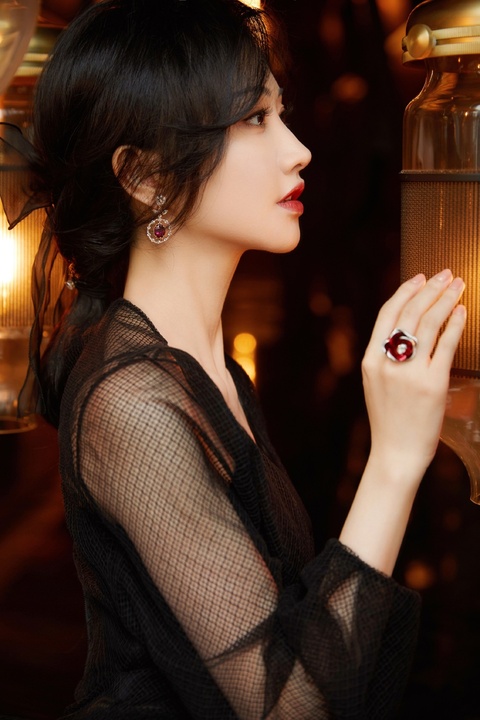Chat GPT vs. Photographers: Can Artificial Intelligence Replace Traditional Photography?
Photography has always been a captivating art form that allows us to capture and preserve precious moments. With advancements in technology, the rise of artificial intelligence (AI) has led to developments that have the potential to revolutionize various industries, including photography. The question arises: can chat GPT, a cutting-edge language model, replace photographers and the human touch they bring to their craft? In this article, we will explore the capabilities of chat GPT and discuss whether it can truly replace the artistry and skill of professional photographers.
The Rise of Chat GPT
Chat GPT, powered by OpenAI’s language model, is an AI-based conversational tool that can generate human-like responses in real-time. It has been trained on a vast amount of text data, enabling it to understand context, language intricacies, and engage in meaningful conversations. Its versatility allows it to tackle a wide range of tasks, from creative writing to customer support. This language model has made significant strides in replicating human-like interaction and comprehension.
The Role of Photographers
Photographers are not just professionals with a camera; they are artists with a unique vision and the ability to capture emotions, tell stories, and evoke feelings through their images. They possess a deep understanding of composition, lighting, and the technical aspects of photography. Photographers spend years honing their skills, experimenting with different techniques, and developing their own style.
A photographer’s role goes beyond simply pressing a shutter. They use their intuition, creativity, and expertise to frame a shot, adjust settings, and capture the essence of a moment. The emotional connection between a photographer and their subject can result in authentic, impactful images that cannot be replicated by a machine.
The Limitations of Chat GPT in Photography
While chat GPT can generate text that mimics human conversation, it lacks the ability to physically interact with the world like a photographer. One of the key limitations of AI is that it cannot experience the scene firsthand, appreciate the nuances of the environment, or capture elements beyond what is presented in the data it was trained on. Human photographers rely on their senses and intuition to make informed decisions and create stunning images.
Photography often involves dealing with unpredictable variables such as changing light conditions, capturing fast-moving subjects, or working in challenging environments. These situations require quick thinking, adaptability, and improvisation, skills that are difficult for AI models to replicate. Chat GPT may struggle with the real-time decision-making required in photography, where split-second adjustments play a crucial role in capturing the perfect moment.
The Future of AI in Photography
While chat GPT may not entirely replace photographers, it can be a valuable tool to assist and enhance their workflow. AI in photography is already being utilized in various ways, such as automated image tagging, post-processing assistance, and even generating creative suggestions.

Chat GPT can support photographers by helping with tasks like client communication, image organization, and even suggesting creative ideas for shoots. By automating certain administrative and technical aspects, photographers can focus more on their artistic vision and the emotional connection with their subjects.
However, it is important to strike a balance between leveraging AI technology and maintaining the human touch in photography. The artistry, intuition, and personal connection that photographers bring to their work cannot be replaced by algorithms alone. The creativity and emotional depth that humans possess are integral to the art of photography.
Conclusion
While chat GPT and AI have made remarkable advancements, the field of photography still heavily relies on human photographers and their unique skills. AI may automate certain aspects of the workflow and assist with technical tasks, but it cannot replicate the emotional and artistic perspective that photographers bring to their work. The future lies in merging the capabilities of AI with the creativity and vision of professional photographers, allowing for a harmonious and productive collaboration that pushes the boundaries of visual storytelling.



